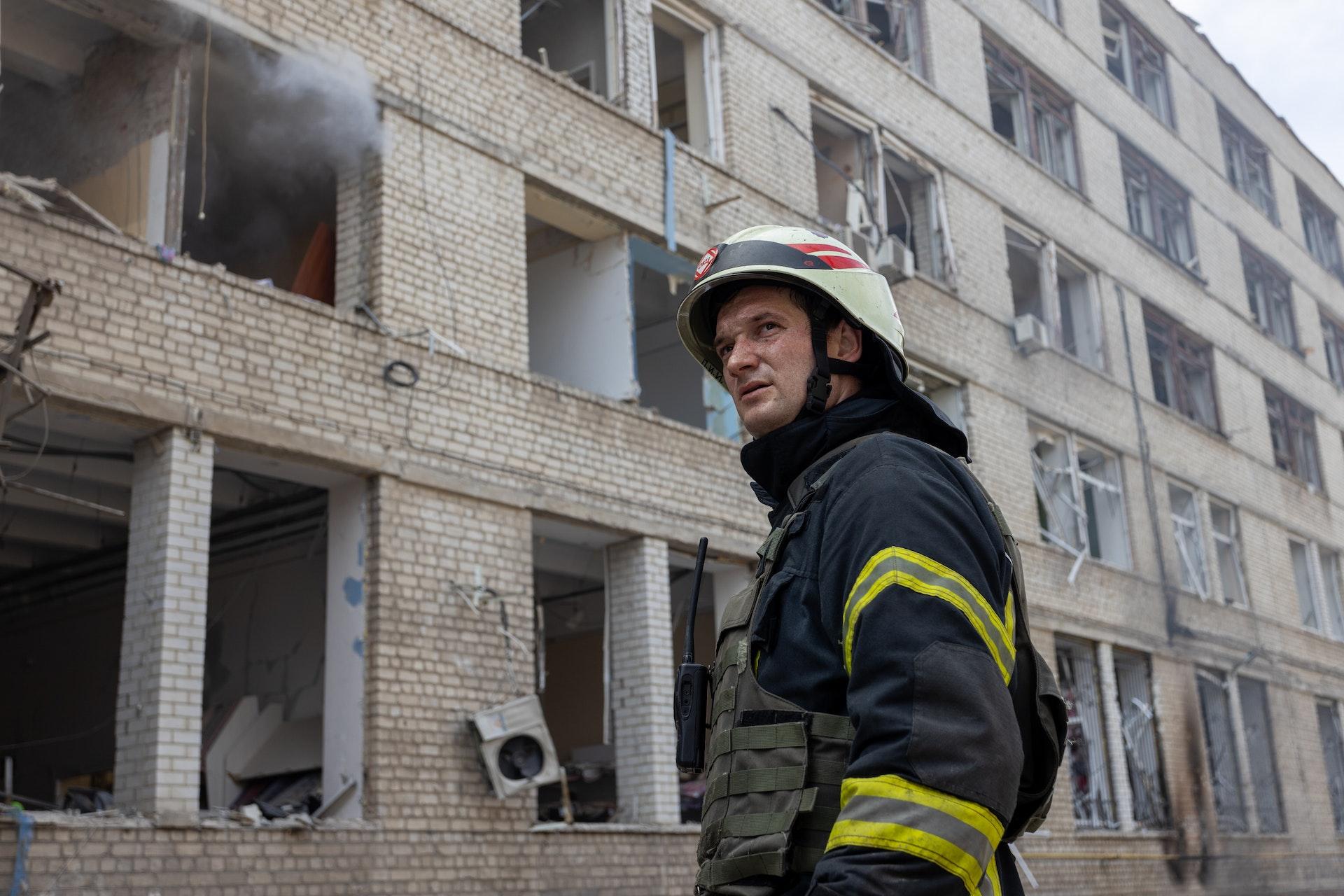
Permanent funding for civil protection – does it exist or not?
Civil protection has received more funding for the period 2024-2027. Last autumn, there were also headlines celebrating the promise of permanent funding for civil protection.
However, this meant EUR 101 million for the period 2024-2027, with only EUR 68 million going directly to the Estonian Ministry of the Interior. Given the sector’s needs and the current state of civil protection, €17 million per year is a reasonable amount. It should be noted that the framework document on civil protection of the population, published last year, described the state of the sector and its actual capabilities as follows: neither the state nor the local authorities are prepared to protect the population in the event of a serious crisis, i.e. a threat of war.
It is clear that €17 million per year is decreasing alongside military defense budgets. Even more problematic is the fact that this money is classified as ‘temporary permanent funding’ because it is only granted for a limited number of years. Temporary funding is a problem with practical examples; for example, there has been a problem within the industry (which we hope has now been resolved) in which money has been found for the procurement and installation of, say, threat sirens, but it is unclear how the running costs of maintaining the system – air raid drills – will be covered.
Other ongoing fixed costs in civil protection require ongoing funding to keep the system running, such as running various training courses, acquiring supplies (at least some of which will need to be maintained, as in the Estonian Defence Forces), organizing exercises, or possibly some monitoring functions, such as assessing the true engineering suitability of shelters being built in Estonia one day, or even current shelters. Furthermore, the field of civil protection requires more full-time staff to take the lead in developing it, as it cannot be developed solely through voluntary and project-based efforts.
The sector’s needs outweigh the available opportunities. However, the future development of civil protection will determine how many people in the field survive and recover in the event of a major disaster. The more resources the civil protection system has – for example, to evacuate people, feed them when food supplies run out, warn of the threat, and so on – the less our people will suffer the horrors of a full-fledged crisis.
It is worth noting that women, children, and the elderly are disproportionately affected, raising fundamental questions about whether and to what extent we value women and children in our society. At the same time, the rear is what keeps the national economy running. The rear is also important for morale and keeping hope alive that we will overcome whatever crisis comes our way.
At the end of the day, it’s a very simple mathematical equation: the more resources, the more gain or life and the less loss; the less prioritization, the more cost or death.
Perhaps no one will argue, at least not openly, whether civil protection for the population, and internal security in general, is important. However, this perception must be strongly reflected in the national budget, with more visibility and strength than 17 million euros per year, and only for four years. We believe that the area does not have true permanent funding, but has been given more money for a number of years, but it is unclear whether or not this will continue.
However, the protection of Estonian citizens deserves more than the announcement of 0.04% of GDP for four years as ‘permanent funding’. The sector requires percentage funding, similar to NATO’s 2% principle (soon to be increased), agreed upon by all parties, and this funding must be stable, predictable, and transparent. Taking the siren network as an example, it is clear that we require not only sirens and their installation (a one-time cost), but also their operation and testing (a fixed cost).
In order to protect the civil protection sector from political whims of the day, an agreement on a fixed percentage of permanent funding that falls within a certain percentage is also required.
Let us recall that, strangely enough, extra money does not protect against cuts in this area. In fact, at a time when the sector was supposed to have more funds (2024-2027), the professional rescue unit in Kopli was liquidated.
It could be argued that the (internal security) commands are budgeted separately from civil protection. However, how this is practically possible is beyond me; just look at the work of Ukrainian rescue services, which are frequently the first (and sometimes the last) element of civil protection that civilians in distress encounter. We believe that a unit percentage agreement would make it more difficult to dismantle civil protection elements in an optimal manner.
Until there is real permanent funding and political agreement on a special status for the sector, it is worthwhile to remain vigilant and monitor what is happening in our overall internal security. What about the salaries and morale of police officers and rescuers, who are essential for civil protection?
What is certain is that securing truly sustainable, percentage-unit funding for civil protection remains a goal that the sector must urgently pursue. Unfortunately, there is no time to delay this decision, nor should the value space permit it. It is obvious that we must do better than admit that, as things stand, neither the state nor any of Estonia’s local authorities can protect those who have been left behind.
× The op-ed (by Hannes Nagel) was first published on April 15, 2025 on the Delfi portal. Photo: rescue worker in Ukraine.
Jaga postitust:
